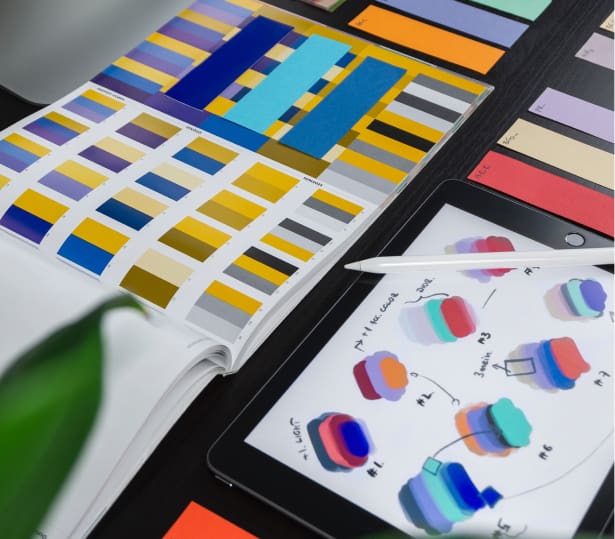Brand Storytelling – Key to Marketing Success

We like stories. Humans are hardwired to listen to stories, and that’s more than just marketing practice: That’s scientific fact. As noted by numerous pieces of marketing research, stories can hook people in and provide us with a comfortable and familiar way of inputting new information. It’s why so many politicians begin speeches by talking about “average Americans” – it gives us a cornerstone method of identification and relation.
So, what does this mean for your brand? How can you fold this into your digital marketing and brand identity? And how can you customize marketing campaigns so they incorporate a narrative that connects with your audience while telling your brand’s story?
Brands and Storytelling
Think about it. Odds are good that the best marketing campaigns you’ve ever seen do more than just build brand awareness or establish a brand’s identity. They tell a story. Sometimes, these stories are small, and just a couple of sentences in a digital marketing campaign focusing on what a brand is or why they do what they do. Other times, they are more in-depth stories, or they can be 30-60 second commercials at the Super Bowl.
Be it Apple’s 1984 or Budweiser’s Clydesdale Horses series, some commercials stick out. Keep in mind that they don’t necessarily tell the brand’s story. Instead, they tell a story that evokes a feeling or associates a brand with a topic or emotion of the brand’s choosing. They connect you with the brand’s “why” messaging. This can be in the form of nostalgia, goofiness, creativity, imagination, or hope. Brands position themselves as the owners of a certain emotion, then use that feeling to try and build brand awareness, establish brand identity, or sell a product or service.
Digital Marketing and Storytelling
Once upon a time, telling a story was a matter of a good pitch, followed by the right levels of creativity and execution. You would develop the right print ad and place it on the right paper. As time changed, so did advertising. This approach morphed into television, which could allow brands to, quite literally, tell an amazing story in thirty seconds.
Contemporarily, this has changed even more. The power of digital marketing means that brands can engage in a slew of expanded marketing campaigns, using the nearly countless tools on the internet. Social media, microsites, mobile-targeted ads, you name it, and odds are good that it can be done.
This gives you and your brand an amazing opportunity: You can enroll a slew of creative tools to tell your story and build comprehensive marketing campaigns.
How can digital marketing be used with storytelling? Many ways:
- If you have conducted the right research into who your customer is – or who they may be – you can tell a story in their language, customized to their priorities. Again, research is key, as you have to know not only what your customer wants, but what messaging will resonate best with them.
- What’s the plan? You have to know what you want to say and how you want to say it. This means that you have to have a comprehensive marketing plan that goes months – and imagines years – into the future.
- It allows you to be authentic. Telling a story isn’t a direct sales pitch – it’s an indirect one. Furthermore, digital marketing and storytelling can be leveraged as powerful brand loyalty tools. It can build brand awareness and help you create a brand identity that is authentic to who you are and what your product is, building lasting connections with your audience.
What You Need to Tell Your Story
As noted above, research and planning are critical to telling who you are and building brand awareness among your customer base. However, they aren’t enough.
In order to properly tell your story, you will also need:
- Technical expertise that ensures every aspect of your brand – your digital, website, and print – is optimized and functioning at the highest levels.
- Alignment between your products and services. You need to make sure that marketing and sales are talking regularly, pushing the right products, and working together towards a common goal.
- The right advertising strategy pulls together all of the above facets into a cohesive whole.
More than anything else, you need to know who you are. Once you have a full understanding of who your company is and what sort of brand awareness you want to create, the rest comes easy. Telling your story should flow from your understanding of who your business is, and what you want it to be.





